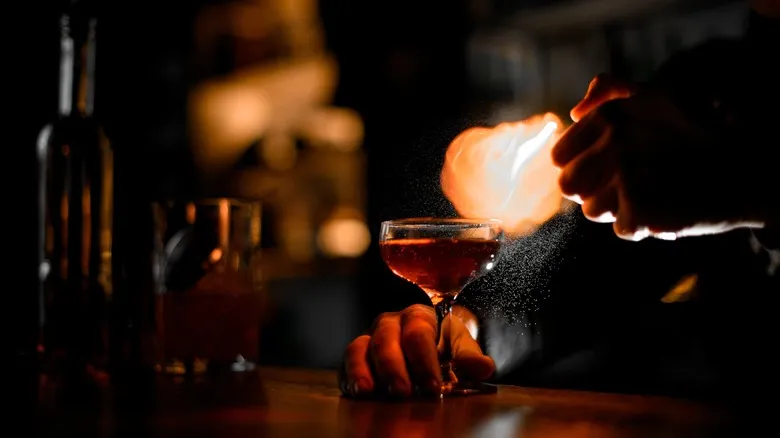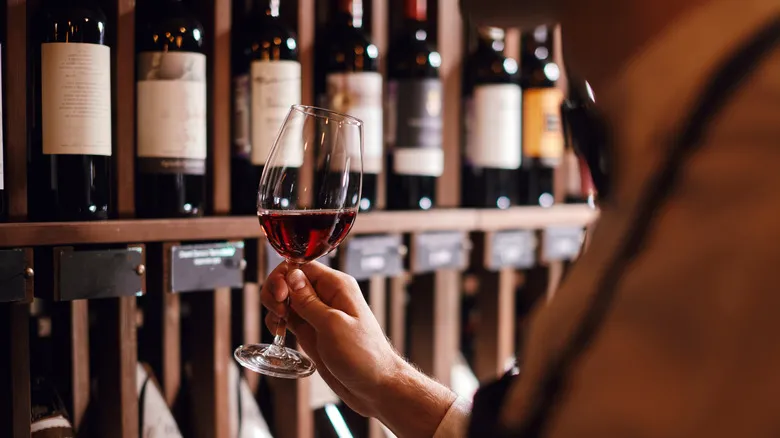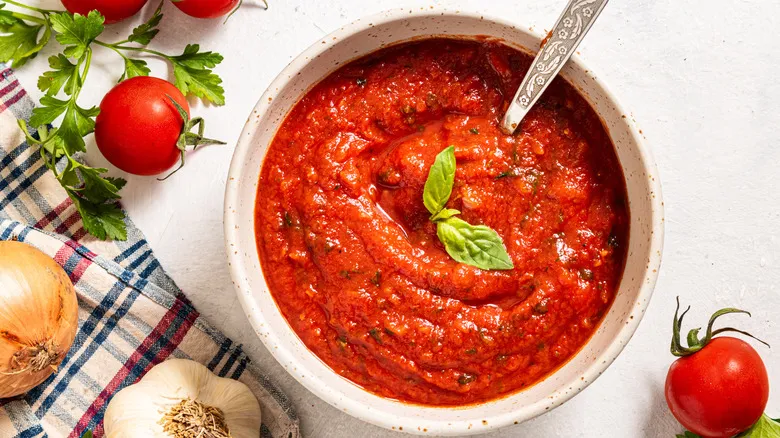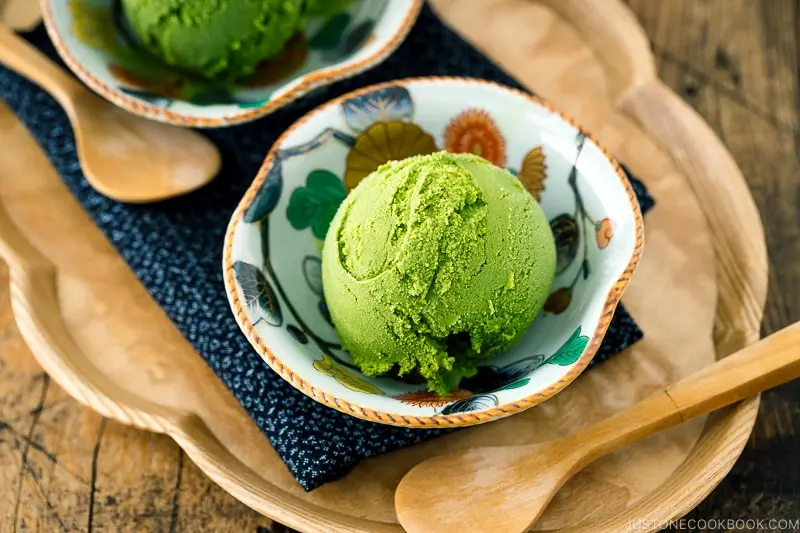Creating flaming cocktails: the science behind it
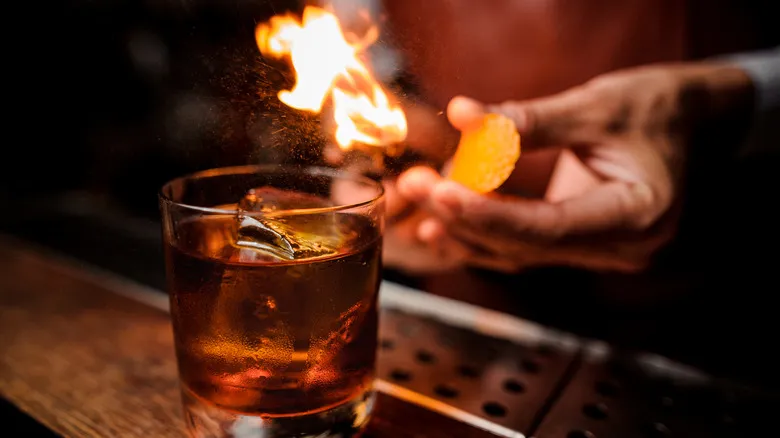
For bartenders, flaming cocktails pose a unique challenge. Generally, these drinks require higher proof alcohol to be placed at the top. If not crafted correctly, the flames may not be as striking or effective. Beyond the visual allure, igniting a cocktail can also influence its flavor profile. Depending on the ingredients, igniting the vapors can impart hints of vanilla or a smoky essence. In some instances, it can even aid in caramelizing the sugars present in the alcohol.
Interestingly, with flaming cocktails, the longer the flame burns, the less liquid remains in the drink. This occurs because the heat causes the alcohol to evaporate, leading to a reduction in volume. In terms of taste, the flame warms the drink slightly, but it doesn’t make it hot. While the flame can subtly affect the flavor, the impact is usually quite mild.
Recommended
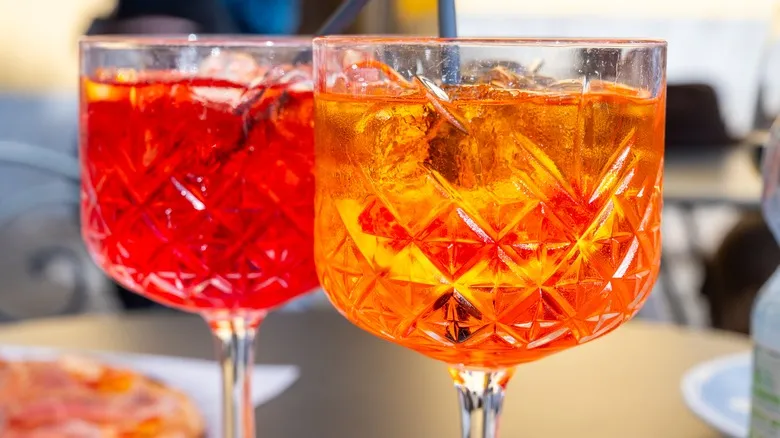
What Makes Campari Different From Aperol?
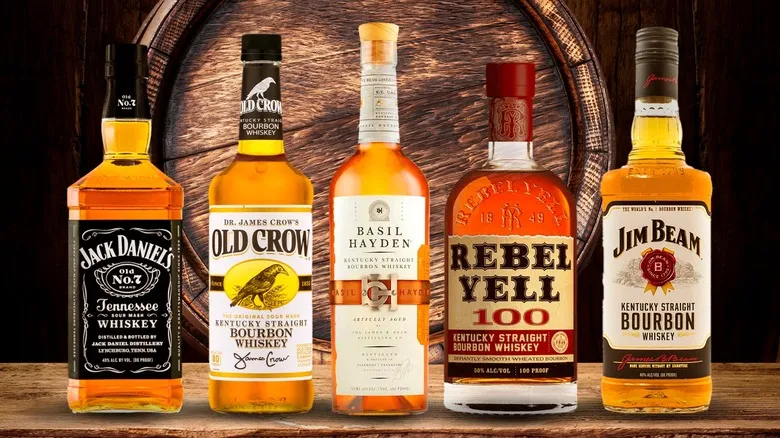
12 Bourbons You Should Leave On The Shelf
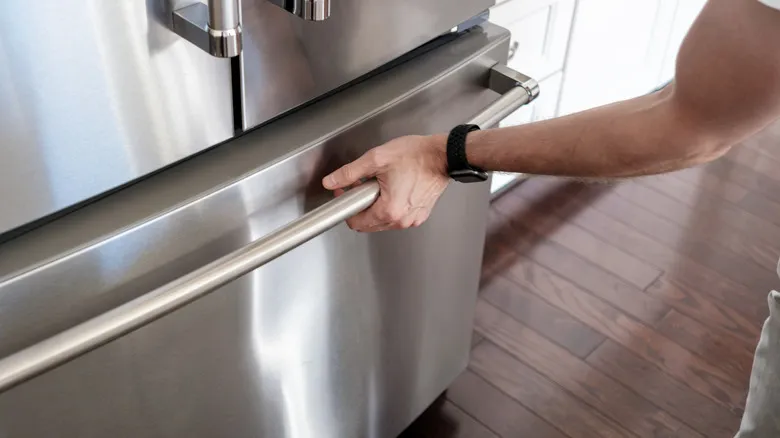
The Creamy Alcohol You Should Never Store In The Freezer
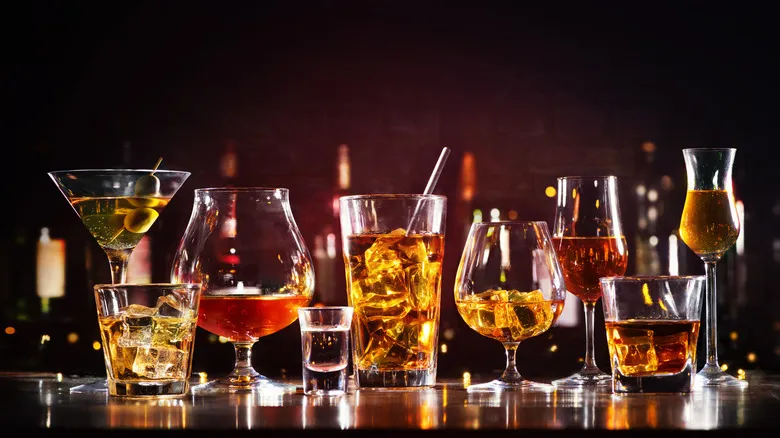
Does Alcohol Ever Actually Go Bad?
Next up

